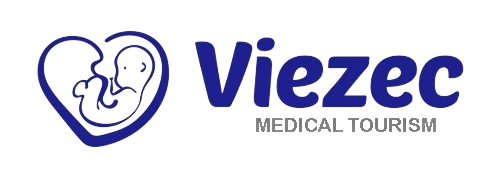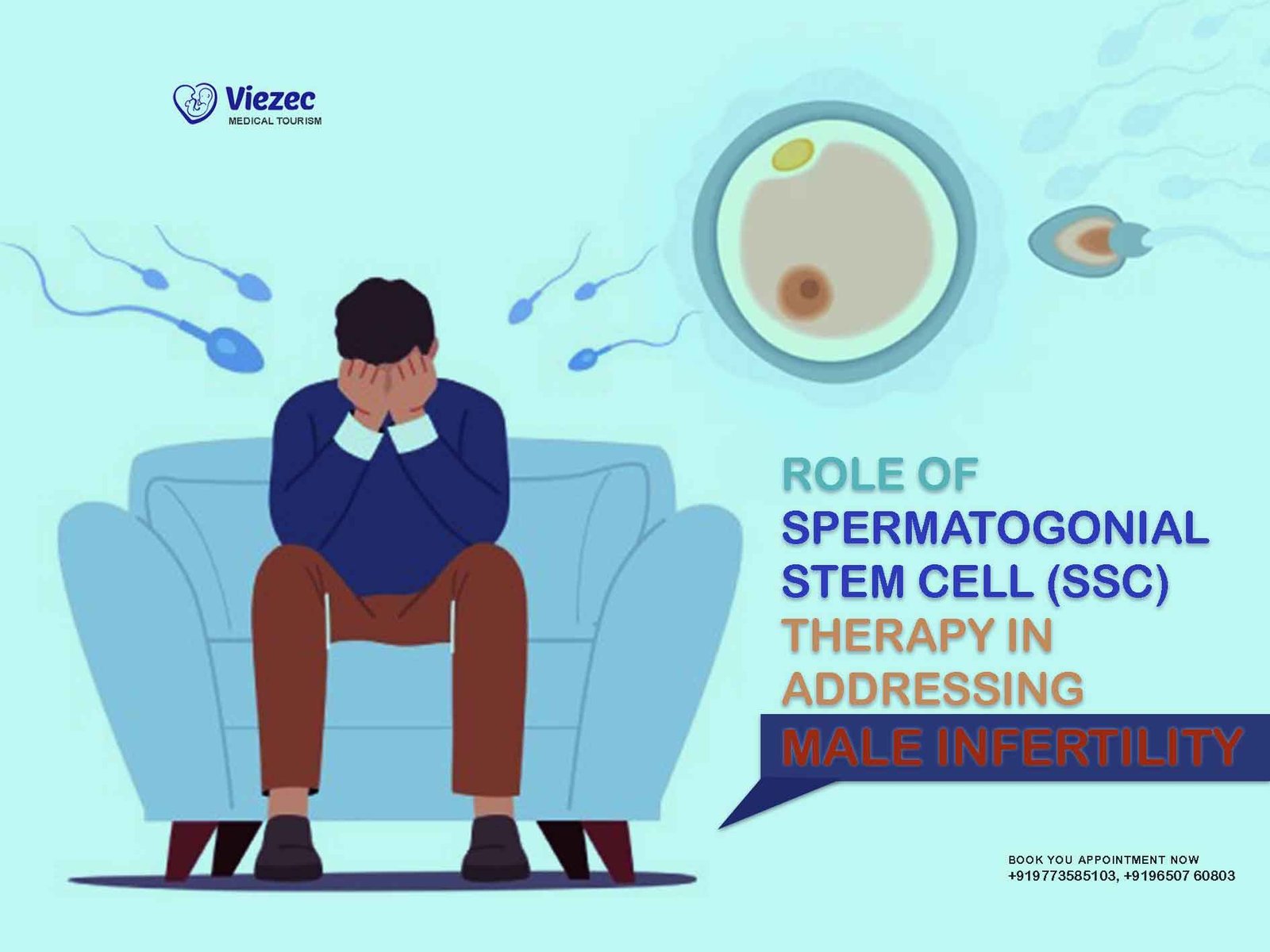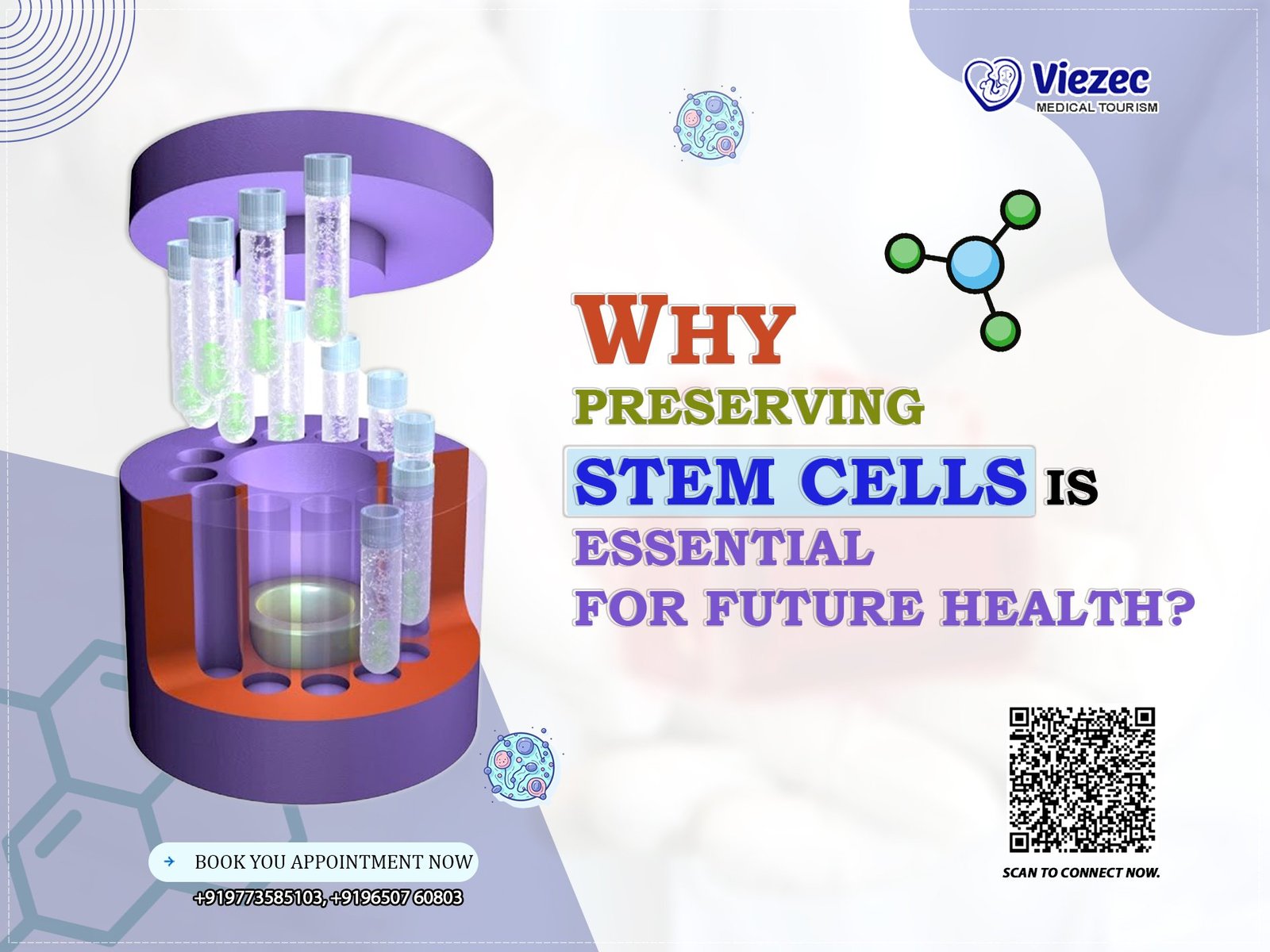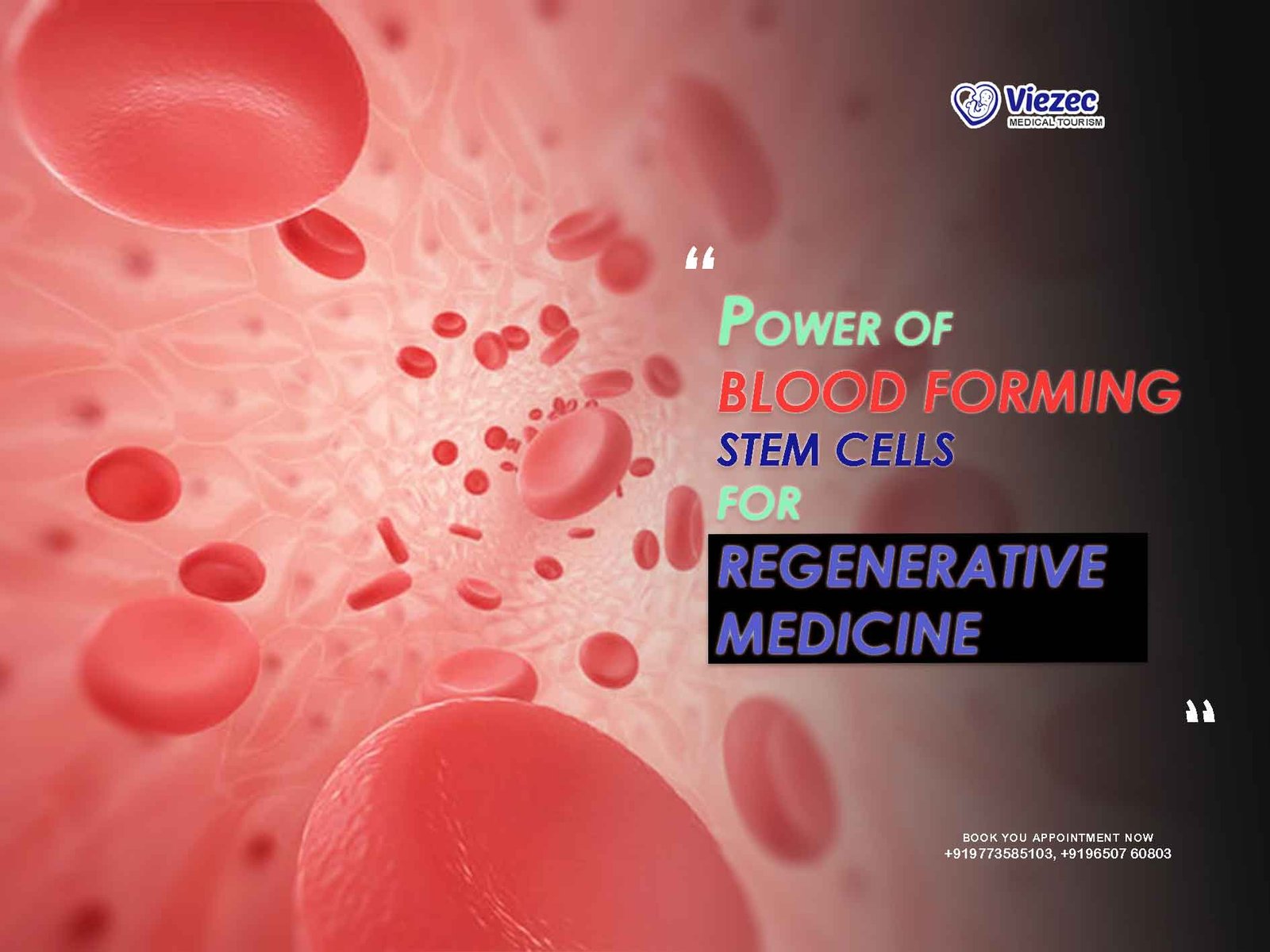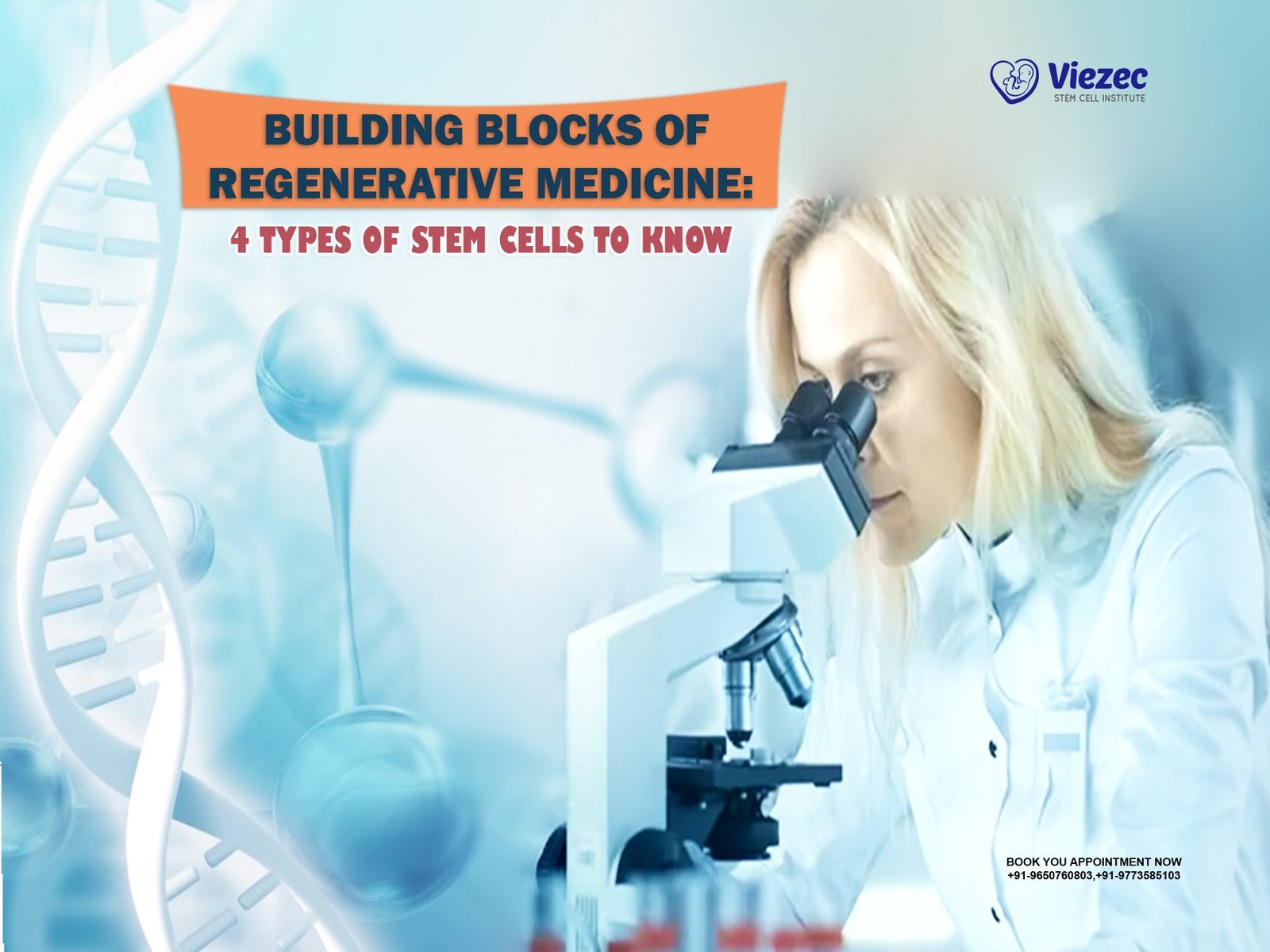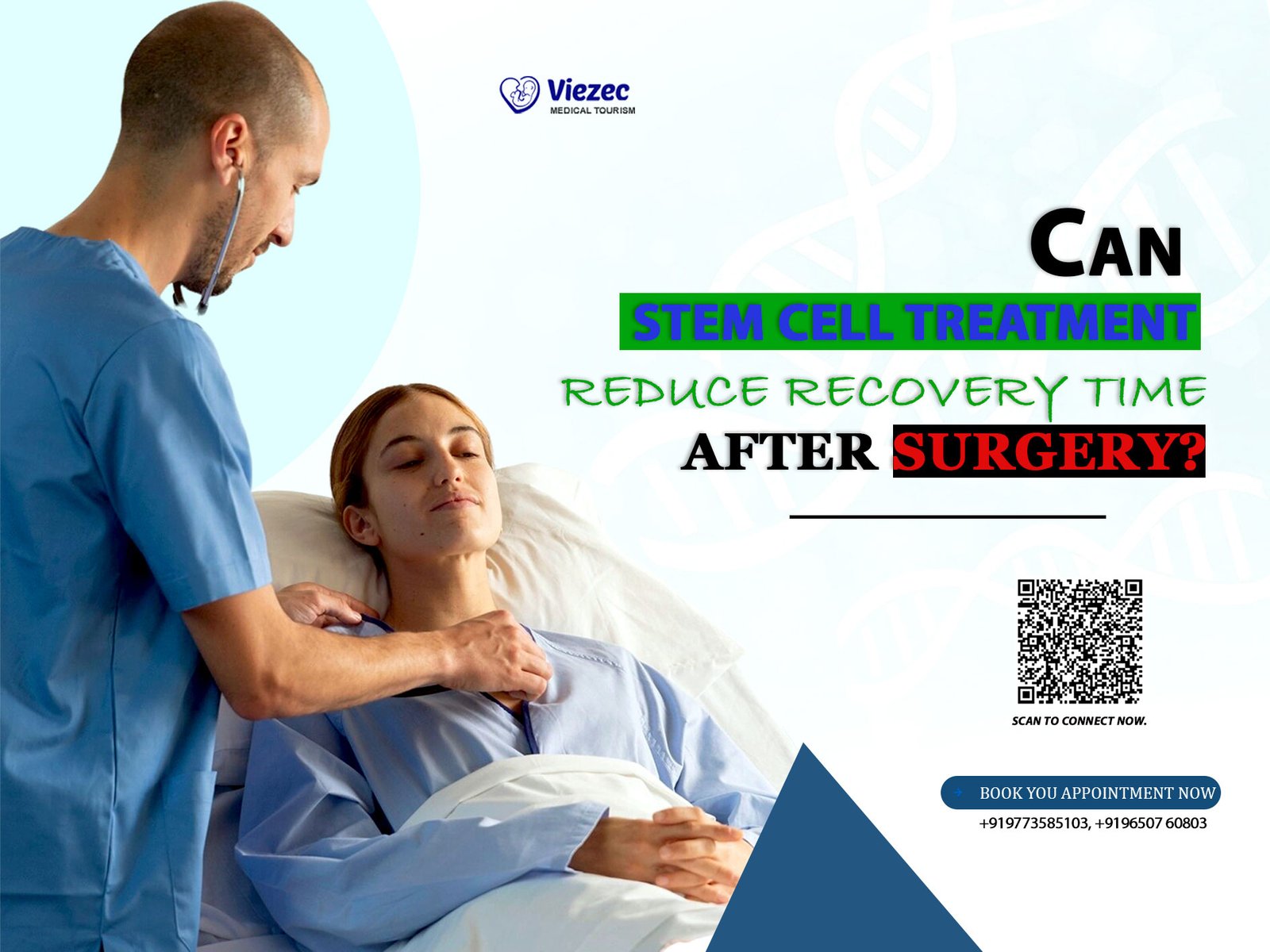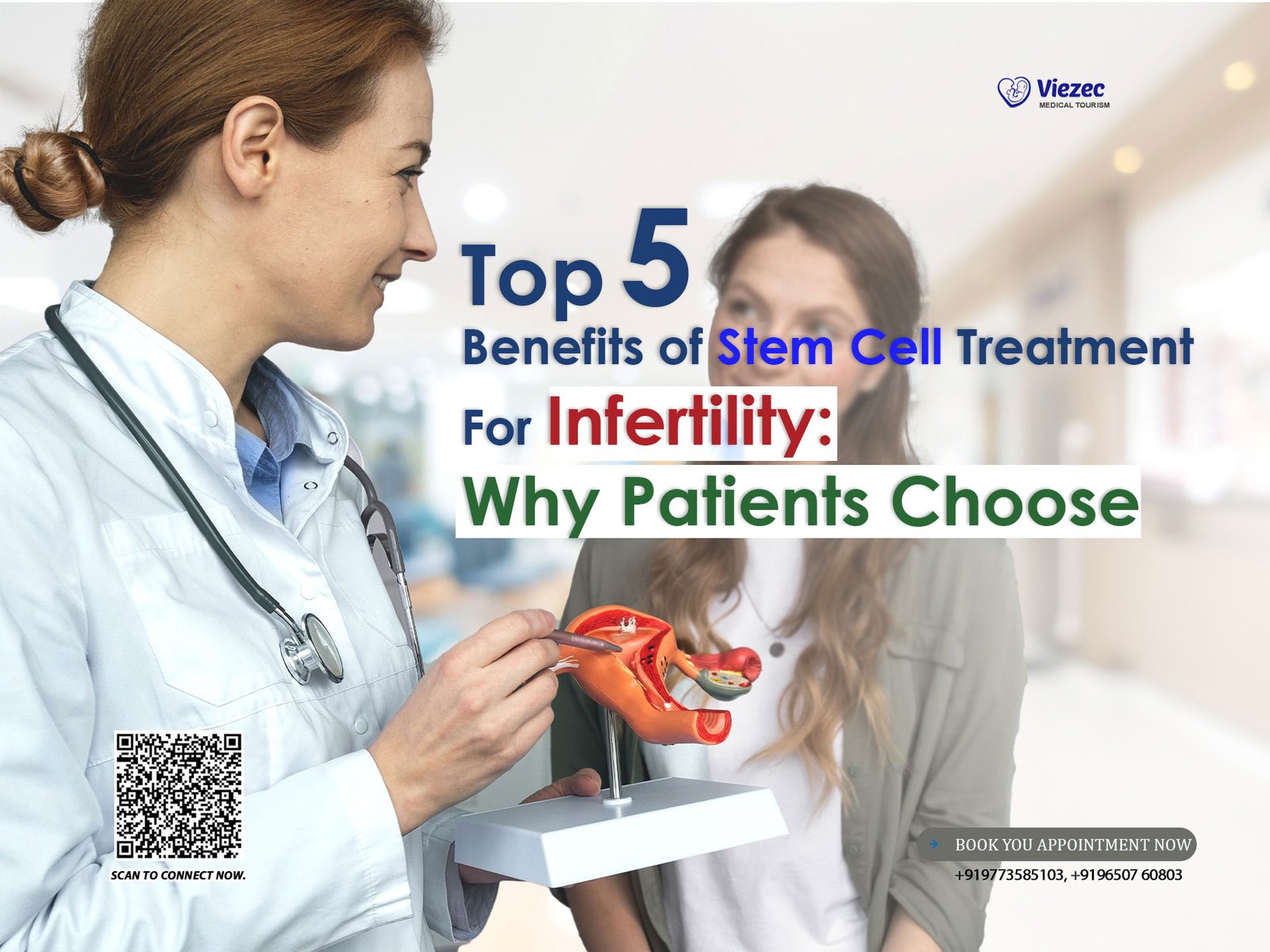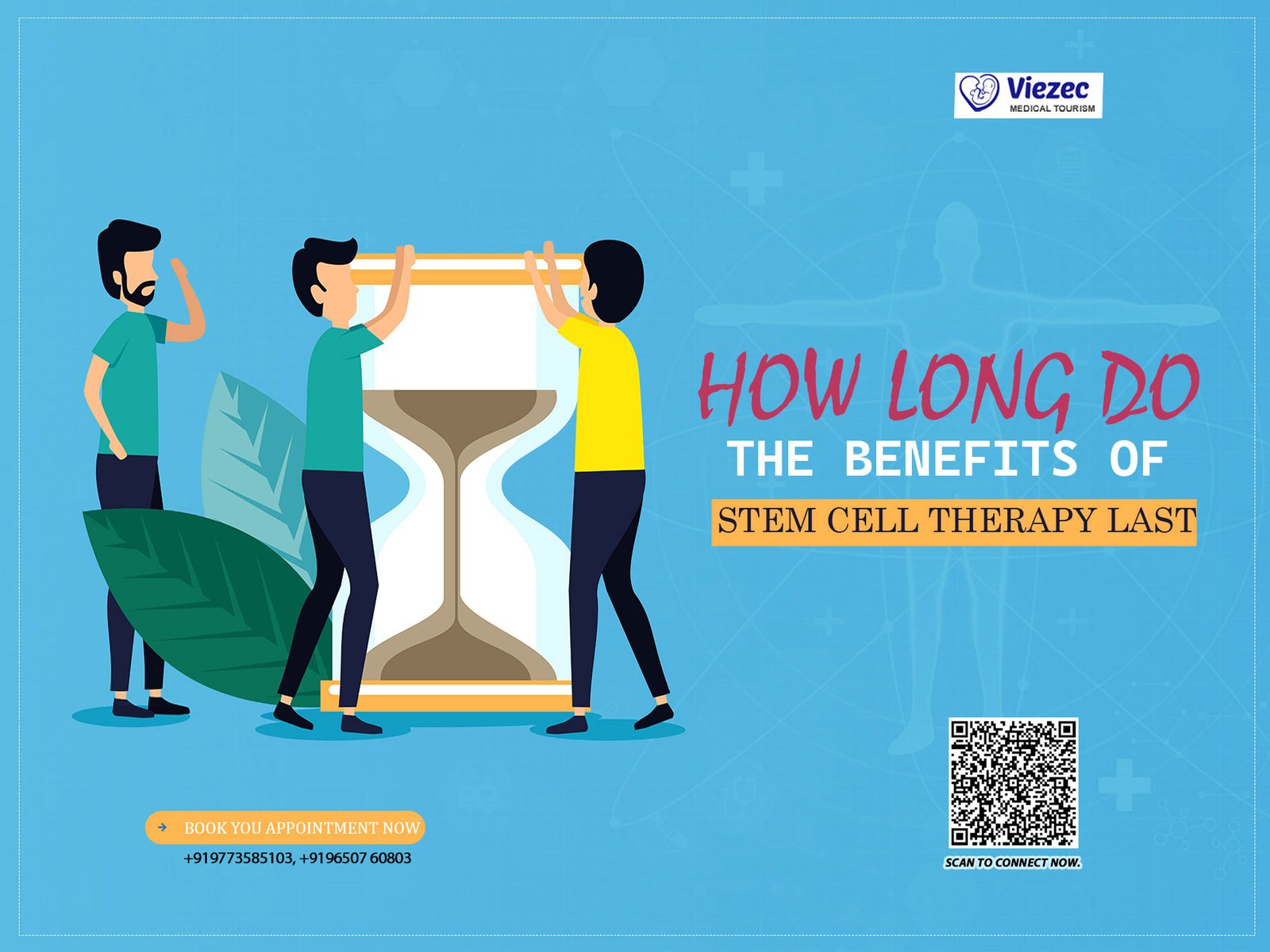Male infertility remains a significant reproductive health concern worldwide, affecting millions of couples each year. While several factors contribute to male infertility, one promising area of research involves the use of spermatogonial stem cell (SSC) therapy. SSCs are the foundation of sperm production in males, holding immense potential for addressing various forms of infertility. This article explores the role of SSC therapy in male infertility, discussing its mechanisms, current research findings, challenges, and future prospects.
Introduction
Infertility affects approximately 15% of couples globally, with male factors contributing to nearly half of these cases. Male infertility arises from various causes, including genetic disorders, hormonal imbalances, environmental factors, and lifestyle choices. While assisted reproductive technologies (ART) such as in vitro fertilization (IVF) have offered solutions for some cases, they may not be effective for severe male infertility or conditions such as non-obstructive azoospermia (NOA), where sperm production is impaired at the testicular level.
In recent years, research into spermatogonial stem cell (SSC) therapy has garnered significant interest as a potential treatment for male infertility. SSCs are the precursor cells responsible for continuous spermatogenesis throughout a man’s life. Harnessing the regenerative potential of SSCs offers a novel approach to address male infertility by replenishing sperm production in individuals with impaired fertility. This article delves into the mechanisms, current research progress, challenges, and future prospects of SSC therapy in addressing male infertility.
Mechanisms of Spermatogonial Stem Cell Therapy
Spermatogenesis and SSCs
Spermatogenesis is the process by which spermatogonial stem cells differentiate and mature into spermatozoa. SSCs reside within the seminiferous tubules of the testes and undergo self-renewal to maintain a pool of stem cells while also giving rise to progenitor cells, which further differentiate into sperm cells. This continuous cycle of spermatogenesis ensures the production of millions of spermatozoa daily in fertile males.
Impaired Spermatogenesis and Male Infertility
Male infertility often results from disruptions in spermatogenesis, leading to reduced sperm production or the absence of sperm in the ejaculate (azoospermia). Conditions such as NOA, characterized by the absence of sperm in semen due to testicular dysfunction, pose significant challenges for conventional fertility treatments. While surgical sperm retrieval techniques combined with ART offer options for some patients, they may not be suitable or successful for all cases.
Role of SSC Therapy in Male Infertility
SSC therapy involves isolating SSCs from the testes of infertile men, expanding them in vitro, and then reintroducing them into the testes to restore spermatogenesis. This approach holds promise for addressing various forms of male infertility, including NOA, where the underlying cause lies within the testicular microenvironment. By replenishing the SSC pool and promoting spermatogonial differentiation, SSC therapy aims to restore fertility in affected individuals.
Human Studies
While human studies are still in the early stages, several research groups have made significant strides in exploring SSC therapy for male infertility. In a landmark study published in Nature Medicine, researchers reported the successful isolation and transplantation of SSCs from infertile men with NOA. The transplanted SSCs colonized the recipient testes and initiated spermatogenesis, leading to the production of functional spermatozoa. These findings represent a crucial step forward in the development of SSC therapy as a clinical treatment for male infertility.
Safety and Efficacy
One of the primary challenges facing SSC therapy is ensuring its safety and efficacy in human patients. While animal studies have shown promising results, translating these findings to clinical practice requires rigorous evaluation of potential risks, including tumorigenicity and genetic stability. Moreover, optimizing the protocols for SSC isolation, expansion, and transplantation is essential to enhance the efficiency and success rates of the therapy.
Regulatory Hurdles
Navigating regulatory frameworks and obtaining approval for clinical trials represent significant hurdles in the development of SSC therapy. Regulatory agencies must evaluate the safety, efficacy, and ethical implications of novel therapies before they can be introduced into clinical practice. Collaborative efforts between researchers, clinicians, regulatory authorities, and bioethicists are essential to streamline the regulatory process and facilitate the translation of SSC therapy from bench to bedside.
Personalized Medicine
Advances in stem cell technology and genomics offer opportunities for personalized approaches to male infertility treatment. By leveraging patient-specific SSCs derived from induced pluripotent stem cells (iPSCs), researchers can develop tailored therapies that address the underlying genetic and molecular causes of infertility. Personalized SSC therapy holds the potential to improve treatment outcomes and fertility restoration in individuals with complex reproductive disorders.
Combination Therapies
Combining SSC therapy with other treatment modalities, such as hormonal interventions or tissue engineering approaches, may enhance its efficacy and applicability. For example, co-administration of growth factors or cytokines with transplanted SSCs could optimize the testicular microenvironment and promote spermatogenesis. Similarly, incorporating tissue engineering techniques to create supportive scaffolds for SSC transplantation may improve cell engraftment and survival.
Spermatogonial stem cell therapy represents a promising approach for addressing male infertility, particularly in cases where conventional treatments are ineffective. By harnessing the regenerative potential of SSCs, researchers aim to restore spermatogenesis and fertility in individuals with impaired reproductive function. While significant progress has been made in preclinical and early human studies, several challenges remain to be addressed, including safety concerns, ethical considerations, and regulatory hurdles. Collaborative efforts across disciplines are essential to overcome these challenges and advance SSC therapy towards clinical implementation. With continued research and innovation, SSC therapy holds the potential to revolutionize the treatment of male infertility and offer hope to millions of couples striving to conceive.
